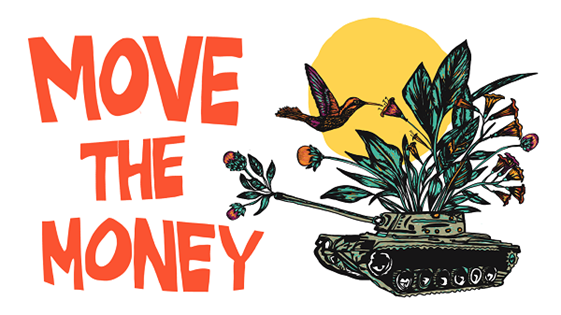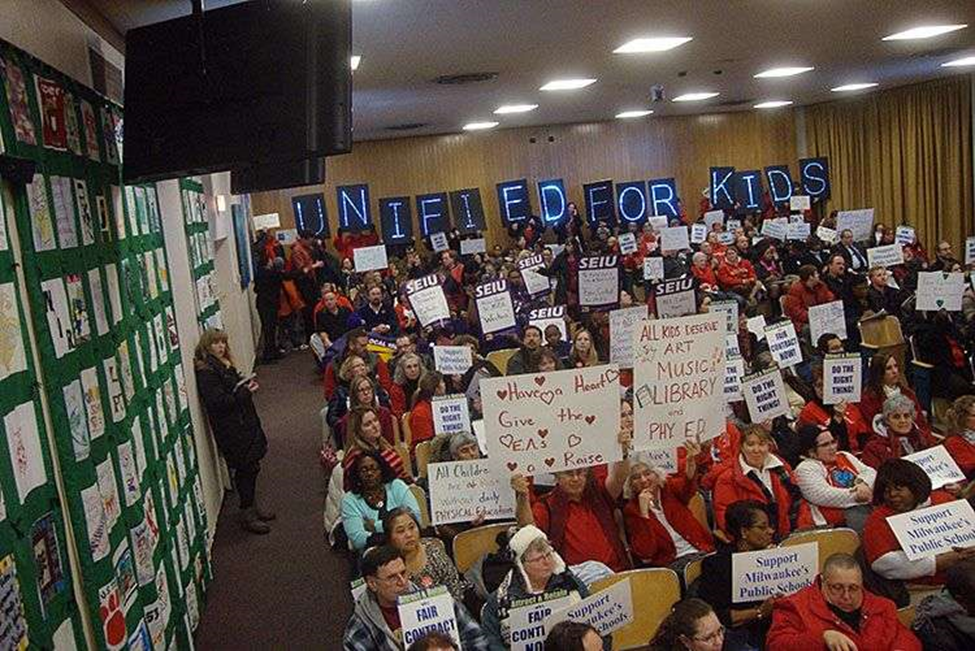Harry Targ
“But we also believe in something called citizenship – citizenship-- a word at the very heart of our founding, a word at the very essence of our democracy, the idea that this country only works when we accept certain obligations to one another and to future generations...
We, the people, recognize that we have responsibilities as well as rights; that our destinies are bound together; that a freedom which asks only, what's in it for me, a freedom without a commitment to others, a freedom without love or charity or duty or patriotism, is unworthy of our founding ideals, and those who died in their defense...
As citizens, we understand that America is not about what can be done for us. It's
about what can be done by us, together through the hard and frustrating but
necessary work of self-government. That's what we believe.(Barack
Obama, Democratic National Convention, September 6, 2012)
*****************************************
Most political and cultural historians argue that the
United States has not had a strong socialist tradition, at least compared to
European countries. While this view has some merit, these commentators ignore
the deep communal traditions of Native peoples, the founders of utopian
communities in the nineteenth century all across the Northeast and Midwest,
radical socialists in the labor movements of the nineteenth and twentieth
centuries, the large Socialist Party led by Eugene V. Debs, and the Communist
movement of the twentieth century. These pundits also ignore violent state
repression in virtually every period of American history that has been targeted
against Socialist dissenters.
However, despite state police, the FBI, strike
breakers, and repressive cultural institutions such as churches, educational
systems, and the media, the vision of community, sharing, and public purpose
have survived.
Survival has taken many forms—political parties, mass
movements, religious and secular campaigns for social and economic justice.
President Obama was not talking about Socialism in his acceptance speech at the
Democratic National Convention September 6, 2012. Indeed, he would reject any
suggestion that his political vision has a commonality with that of Socialists.
But he did offer an insightful rendition of values embedded in the American
experience. He called it “citizenship.”
What is citizenship about? For starters, it implies
the idea of a public purpose. A society consists of persons of all races,
genders, classes, sexual orientations, and ethnicities who are, of necessity,
bound together to sustain life. The President was arguing that at a fundamental
level human survival required some sharing of pain and work as well as the
enjoyment of life. It is inevitable that a nation’s people, indeed global
citizens, share space, water, the air we breathe, the roads we travel on, and
virtually every physical, social, and economic institution and process beyond
our most intimate and private lives. Ultimately citizenship is about human
community.
In American political history, groups of people have
had to struggle to get recognition of citizenship and community. In the
nineteenth century, educational reformers had to campaign to establish public
educational institutions. Reading, writing, research on agriculture and medical
science was vital to human community. The success of the public-school movement
and the passage of the Morrill Land Grant Act for higher education are examples
of the realization of the needs of human community.
In urban areas, people came to realize that human
community, the practice of citizenship, required space for people to meet, to
argue, to play dominoes, to lecture in front of interested audiences on the
topics of the day. Human community meant “hanging out,” in parks, on
street corners, in empty lots.
At the dawn of the twentieth century, in response to
the rapacious, unplanned spread of capitalism, it was recognized that rural
space needed to be preserved. National parks were created to
encourage the use of what remained of the natural environment, much of which
had been destroyed when the colonists conquered the people and occupied the
land on which they already had been living in harmony. The original dwellers
would be forbidden from regaining what was stolen from them, but efforts were
made to return some of the land to its pristine beauty.
In addition to schools, libraries, urban spaces, and
national parks, human community, it was realized, required social, economic,
and political rights. Citizenship for people living in various geographic areas
and working in various manufacturing and service venues required the right
of people to associate with whomever they chose, in unions, churches,
civic organizations, and interest groups. Citizenship meant coming together
with like-minded others, particularly those who had economic interests in
common. No human is “an island.”
In a modern society where human community cannot be
based solely on direct, interpersonal interaction, voting was
necessary to allow the full expression of the sentiments of the human
community.
So, when President Obama spoke of citizenship, whether
he realized the full implications of his remarks or not, he was speaking of
human community, education, public space, the freedom of association, and the
right to vote. All of these core values embedded in American history and
culture are under fundamental threat today.
“Market fundamentalist” ideologues argue that there is
no such thing as citizenship, human community, and a public sphere.
Advocates for the privatization of public
schools--from vouchers in Indiana and charter schools in Chicago to the
privatization of higher education by business model university
presidents--forget that education has been a public good, not a commodity for sale in
the market.
Those who call for the selling off of public spaces in
cities and the countryside are advocating robbery of land for profit.
And those who challenge the right of workers to form
trade unions and associations and those who seek to repress the right of people
to vote are advocating the destruction of the most fundamental conceptions of
citizenship and human community.
And they extoll the virtues of “free markets” such as
reflected in the Wall Street Journal guest editorial below:
“It is time to revitalize the system that made
America the world’s economic colossus, won the Cold War, and moved billions out
of poverty world-wide… while the American
economy is powered by limited government, economic freedom, and free markets” (Phil
Gramm and Mike Solon, “Peace
Through Strength Requires Economic Freedom: The
U.S. must not turn away from its main advantages: free markets and limited
government.” Wall Street Journal,
March 1, 2022.
These are very dangerous times. Whether activists want to call themselves socialists, anarchists, occupiers, liberals, progressives, or whatever, the task is clear. We must unite to save our citizenship, our public space, and human community.





















